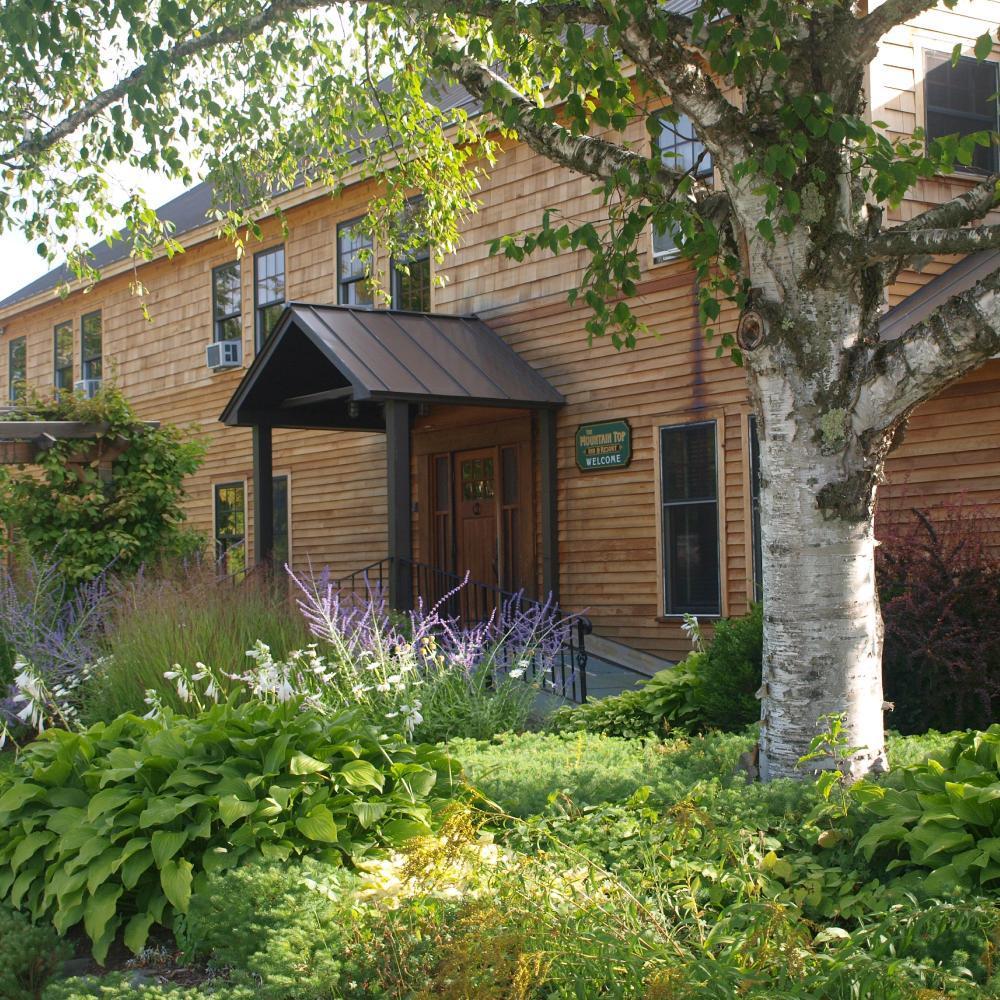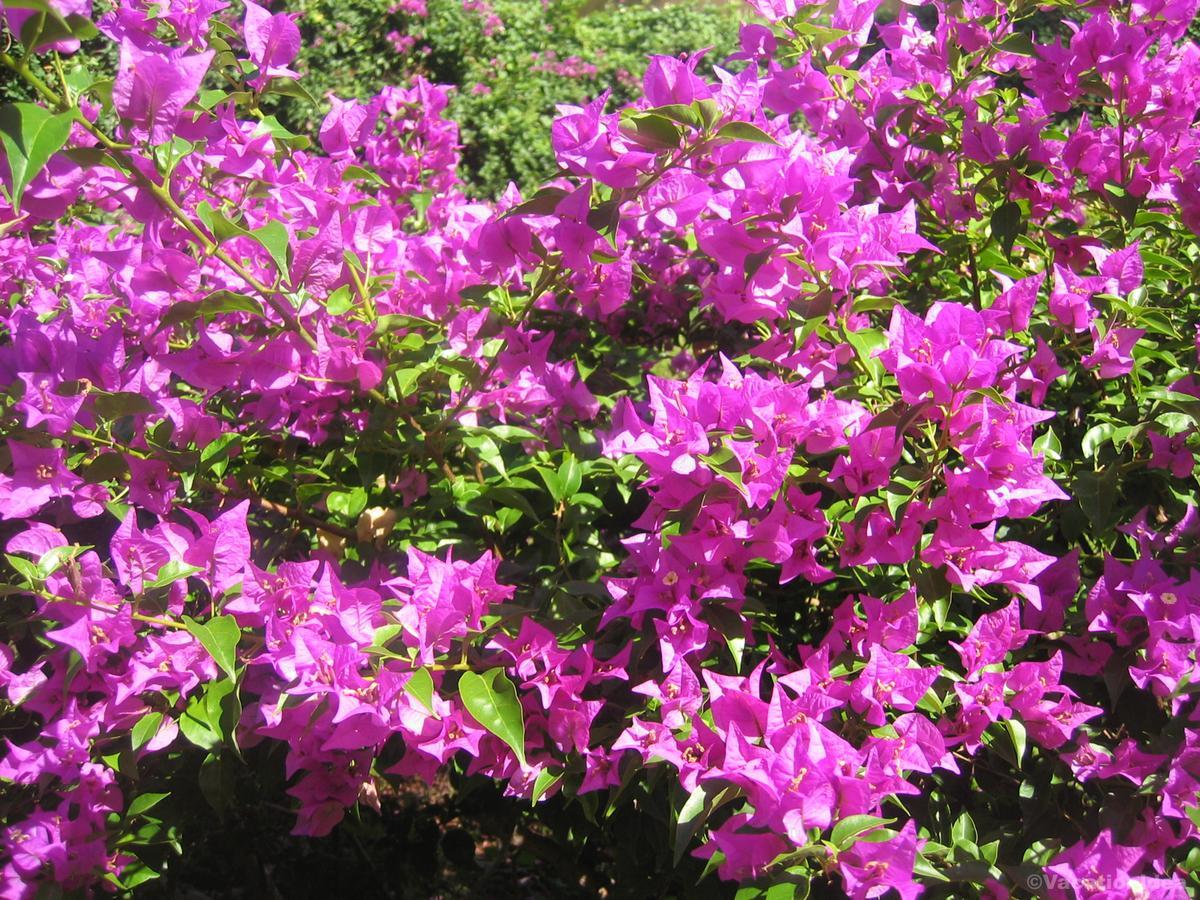Best Romantic Weekend Getaways in the U.S.

Planning a romantic weekend getaway? You're in the right place! For me, choosing where to stay is part of the fun. Are you in the mood for a boutique hotels, cozy cabin, a room that looks out over the ocean? Here are some of the most unique romantic weekend getaways I found in the U.S. (so far!) and I hope you’ll love them too for your next 48 hour couples' escape.
- The Wentworth Mansion, Charleston
- Vermont - Mountain Top Inn & Resort
- Indianapolis - The Alexander
- The Willard InterContinental DC
- The Twelve Oaks, Covington - 40 minutes from Atlanta
- Henry Norman Hotel in Brooklyn
- Oregon - The Nines Hotel in Portland
- Springhill Winery Bed and Breakfast - 1 hour from Louisville, KY

1. The Wentworth Mansion, Charleston
We absolutely love Charleston, and have been many times. In fact, I thought that this historic 19th-century hotel in Charleston, South Carolina was one of the absolute best romantic weekend getaways when I moved to the South. Why? First off, it's incredibly elegant and luxurious. In addition, it's received the prestigious AAA Five Diamond award so you can trust that it'll be a high end experience.
My favorite part was relaxing on the rooftop cupola with panoramic views of Charleston’s historic district. Our suite for two days was spacious and elegant. I especially loved having a fireplace, whirlpool tub, and lovely period décor, all of which made us settle in and relax.
I loved that it was so much to see and do near this luxury hotel which is located in the residential Harleston Village neighborhood right next to downtown. We were there in April when azaleas were in full bloom and we found it so romantic to walk around the city!
Chris and I had such a romantic time walking around downtown Charleston until we reached the French Quarter where we admired historic buildings and stopped for coffee and treats at Harken Cafe & Bakery. Our absolute favorite stop was The Historic Charleston City Market, a place of history that's a must-see (I learned that it's been operating since the 1790s!). We also caught a day of Charleston Jazz Festival, a week-long local tradition that takes place every April!
After exploring the city, we were so comfortable when we returned to our room at The Wentworth Mansion. I had a 60-minute relaxing massage when we got back to the hotel and then we had dinner at the hotel's elegant restaurant to celebrate my husband's birthday which was perfect!
- Location Map
- To book, check availability or prices for the 5-star Wentworth Mansion
- Cost: High-end boutique
What I loved best:
My personal highlight was dinner right at the hotel at Circa 1886 Restaurant. Why? First off, the setting in the original carriage house is incredibly romantic. Secondly, Executive Chef Marc Collin has been creating mouthwatering dishes for 20 years so there is so much tradition here! We love the choice of two distinctive tasting menus as well as lots of à la carte options that allowed us to create a perfect meal. I highligly recommend Circa 1886 Restaurant for celebrating a special moment in your life, like an anniversary, or a job promotion, something you want to remember forever for a long time.

2. Vermont - Mountain Top Inn & Resort
This is is one of my favorite places for a romantic weekend getaway in New England. What I love most is that Mountain Top Inn & Resort sits high above the Green Mountains, offering some of the best panoramic views I’ve ever seen.
Chris and I caught the Amtrak Vermonter to Rutland (about 10 miles from the resort), enjoying the romantic scenery along the way without having to worry about driving! Once we arrived, we stayed in a Classic Lodge Room for two care-free days, and I especially loved the lake view.
In fact, the resort’s private lake is a gem year-round fun. We enjoyed swimming and kayaking in summer, and locals told me there's great ice skating in winter.
I thought that the horseback riding trails here are some of the best I've seen in New England, giving me a chance to truly connect with the Vermont countryside.
The spa is another favorite of mine where a 30 minute pedicure followed by a 30-minute Reflexology session that turned my weekend into a true wellness retreat.
Check availability or prices at the 4-star Mountain Top Inn & Resort.
What I loved best:
I thought the on-site dining was a real highlight, featuring fresh Vermont ingredients and a cozy-romantic atmosphere.

3. Indianapolis - The Alexander
This is one of my favorite modern boutique hotels and, for us, it was the most perfect romantic weekend getaway in the Midwest. Why? First off, unique artwork carefully placed all around at The Alexander makes it feel like you are staying inside a gallery instead of a hotel.
In addition, The Alexander is right downtown which Chris and I found super convenient for dining and sightseeing. Our room for two days was stylish, with clean lines, a comfortable layout, and plenty of natural light.
What I love about visiting Indianapolis is that it’s easy to get around, not overly crowded, and has a great mix of sports, culture, and local food, all without feeling rushed. I recommend wearing comfortable walking shoes and starting your day early because there’s a surprising amount to see and do.
Getting around Indianapolis is pretty straightforward. Downtown (often called Mile Square) is very walkable, and many of the main attractions are clustered together. If you’re staying farther out, rideshares and buses are affordable, and renting a car can be helpful if you plan to explore beyond downtown. I liked walking whenever possible because it made it easy to stumble upon coffee shops, public art, and local restaurants.
If you make the trip to Indianapolis, I think you should consider spending time along the Indianapolis Cultural Trail and exploring White River State Park. The Cultural Trail connects many of the city’s neighborhoods and attractions, while White River State Park is a great spot to walk, relax, or visit nearby museums. Sports fans shouldn’t miss Lucas Oil Stadium or Gainbridge Fieldhouse, and food lovers will enjoy checking out Mass Ave, which is packed with local eateries, breweries, and theaters.
I’ll warn you that Indianapolis can feel spread out if you don’t plan your day well, and it’s easy to waste time bouncing between neighborhoods without a clear plan. On our first visit, we found that guided tours helped us understand the city better and make the most of our time. My favorite was the food tour, a great introduction to Indianapolis.
- Location Map
- To book, check availability or prices for the 4-star The Alexander
- Cost: Moderate to upscale
What I loved best:
My personal highlight was having such a diverse list of activities to choose from nearby and only wished we had planned to stay in Indianapolis longer than our larger road trip schedule allowed.
A downside? Parking fees are expensive.

4. The Willard InterContinental DC
This is one of my favorite historic hotels (it dates back to 1816!) in the nation’s capital and, honestly, I think that it's one of the best luxury romantic getaways in the country. Why?
First off, the hotel's Beaux-Arts structure, designed by famed architect Henry Janeway Hardenbergh and unveiled in 1901, is such a masterpiece that it instantly became one of my favorite city landmarks.
In addition, I love that the hotel is nicknamed the “Residence of Presidents,” because nearly every U.S. president since Franklin Pierce has either stayed or hosted events here. I thought it was truly one of the best introductions to American history when we stayed here.
I learned that The Willard has been the backdrop for so many unforgettable moments: Abraham Lincoln was secreted in for safety before his inauguration, Julia Ward Howe penned “The Battle Hymn of the Republic” here, and Martin Luther King Jr. refined his "I Have a Dream" speech within its walls—making it one of my favorite places for meaningful history.
I found our newly renovated guest room for two days to be particularly impressive because the design beautifully honors the hotel’s legacy.
Washington DC turned into one of the most romantic weekend getaway experiences my husband and I have ever shared, and it still feels a little magical thinking about it.
We started exploring near Dupont Circle first, which felt vibrant and welcoming, and right away it felt like the best place to slow down together.
Our first stop was a quiet walk along Embassy Row, and being so close to him while exploring this hidden gem made it feel extra special.
Early the next morning, we headed to the National Mall hand in hand, which was such a peaceful and romantic experience before the city fully woke up.
Standing together at the Lincoln Memorial as the sun came up felt like pure magic and is easily one of my favorite memories with my husband.
We spent the morning wandering between monuments, stopping often to talk, laugh, and take photos you can probably see in my photos later.
That afternoon we explored Georgetown, which to me is the absolute best and most romantic area in DC.
The cobblestone streets and waterfront views felt like a dream getaway, and honestly such an underrated romantic gem.
We shared lunch near the C&O Canal, tucked away and quiet, which felt like our own little hidden world.
Later, kayaking together on the Potomac River was exciting, a little unusual, and one of those experiences that brings you closer.
That night we had dinner near Capitol Hill, close to where history lives, and it felt intimate and special.
The food was amazing, the wine was perfect, and the whole evening felt joyful and romantic.
The next morning we explored the Smithsonian museums slowly, which was a cool and interesting way to spend time together.
Not rushing anything made this weekend feel like a true romantic escape instead of just another trip.
Ending our getaway with a sunset walk around the Tidal Basin was the perfect, dreamy goodbye.
Check prices or availability at The Willard InterContinental Washington, D.C.
What I loved best:
The hotel's location just steps from the White House and the National Mall was my personal highlight because it made it so easy to immerse ourselves in Washington’s culture, history, and elegance.

5. The Twelve Oaks, Covington - 40 minutes from Atlanta
This unique hotel, with its grand antebellum architecture made me feel like I had stepped back in time the moment we arrived, and it quickly became one of my favorite weekend getaways from Atlanta, just about an hour east!
Covington's town square looked like it had been lifted from a postcard - I saw brick storefronts, old trees, and a clock tower rising above it all. Just a few blocks away, The Twelve Oaks stood tall and white, its grand columns and wide veranda echoing the antebellum South. I also learned that ante = before, bellum = war in Latin, so antebellum describes the period before the Civil War.
I loved how the mansion blended historic charm with modern luxury—antique chandeliers, ornate fireplaces, and elegant staircases paired beautifully with updated suites. My favorite detail was the clawfoot tub in our room for three days that made me feel completely pampered.
I spent the afternoon relaxing on the wide front porch, sipping sweet tea while looking out at the gardens. I thought that it was the coolest way to slow down and savor Southern hospitality.
I enjoyed a gourmet breakfast served in the formal dining room, and I appreciated how close the inn was to Covington’s historic square, where I explored shops, restaurants, and even filming locations from popular movies and shows!
To book, check availability or prices for The Twelve Oaks
What I loved best:
Discovering the little touches throughout the mansion was my favorite highlight, like fresh flowers, cozy reading nooks, and strolling through peaceful grounds.

6. Henry Norman Hotel in Brooklyn
This boutique hotel is one of my favorite romantic hideaways in New York because it puts me right in the center of Brooklyn’s creative energy.
On our last trip out to Brooklyn to see family, we decided to spend two romantic days at this unique hotel in Greenpoint. I thought that Henry Norman Hotel was like discovering a secret artist's loft - I was won over by high ceilings, exposed brick, and oversized windows that let plenty of light. The blend of industrial past and cozy furnishings felt very uniquely Brooklyn and I think it’s easily one of the best hidden gems for a romantic weekend in New York City!
- Location Map
- To book, check availability or prices for the 4-star Henry Norman Hotel
What I loved best:
My favorite highlight was getting fresh muffins from Syrena Bakery just around the corner from the hotel. I'm an early riser and the fact that it opened at 5am was super convenient (6am on Saturdays and closed on Sundays!).

7. Oregon - The Nines Hotel in Portland
This is one of my favorite romantic weekend getaways in Oregon because it blends luxury with that unmistakable Pacific Northwest atmosphere. The Nines Hotel's located above Pioneer Square in the heart of downtown Portland. We loved its sleek decor and warm, old-school style service on our romantic West Coast weekend getaway.
The Nines won the AAA Four Diamond (so you can trust that it's a high end place) and I think it’s easily one of the best hidden gems for a stylish weekend getaway in the Pacific Northwest...
We flew into Portland from our home in Austin and I found our room for two days elegant and spacious, with plush bedding, artistic décor, and floor-to-ceiling windows which are always so cool in a city like Portland.
- Location Map
- To book, check availability or prices for the 5-star Nines
- Cost: Mid-to-high
What I loved best:
My favorite highlight was the rooftop restaurant and lounge, where I enjoyed incredible views of the city skyline.

8. Springhill Winery Bed and Breakfast - 1 hour from Louisville, KY
I thought that this place was one of the best romantic weekend getaways from Louisville, KY. Why? Set on a historic 1857 plantation, this charming inn combines Southern hospitality, vintage character, and the rustic beauty of Kentucky’s wine country.
We drove just under an hour southeast from Louisville through winding Kentucky backroads lined with horse farms and rolling hills.
From the moment I arrived, I was enchanted by the rolling vineyards, the sweeping porches, and the sense of history that lingered in every detail.
Our room for two days was elegant and cozy, with antique furnishings, plush bedding, and a touch of old-world charm that made me feel instantly at home.
I loved how each space had its own personality, whether it was a canopy bed, a fireplace, or a clawfoot tub, there was always something special waiting to be discovered.
One of my favorite parts of staying here was the wine. The on-site winery offers tastings of Springhill’s handcrafted wines, and sipping a glass while overlooking the vineyard at sunset for a hour was pure magic.
The location is another highlight. Just 15 minutes (11.6 miles) from Bardstown (the “Bourbon Capital of the World”) it’s easy to combine a stay here with bourbon tastings, historic tours, and small-town vibes. In Bardstown, Kentucky, you can explore several bourbon distilleries on the Kentucky Bourbon Trail, visit historical sites like the Oscar Getz Museum of Whiskey History and My Old Kentucky Home State Park, and enjoy attractions such as the My Old Kentucky Dinner Train or the unique Squire Boone Caverns.
For me, Springhill Winery B&B is more than just a place to stay. It’s a romantic, historic, and wonderfully unique Kentucky escape that feels like a true hidden treasure.
Check availability at Springhill Winery Plantation Bed and Breakfast.
This is one of my favorite romantic weekend getaways for history buffs!
My personal highlight was through the grounds or relaxing in a rocking chair on the porch for 30 minutes at a time because it made me feel like I had stepped back in time.

Booking Checklist
1. Book Your Flight - I use Expedia because I like their mobile app with my itinerary. They've helped me re-book flights on many occasions. Once you reach their Gold tier, support is especially good.
2. Book Your Hotel - I use Booking.com or Expedia, depending on my destination.
3. Book Your Rental Car - I use Expedia.
4. Book your tours on Viator or Get Your Guide.
5. If you are planning to visit more than three national parks in the next 12 months, we've found that buying the America the Beautiful Pass is cost effective.
